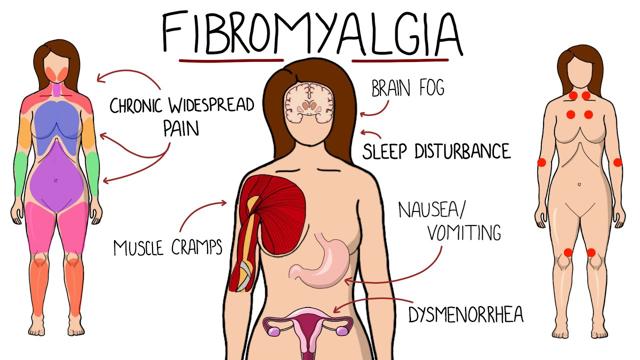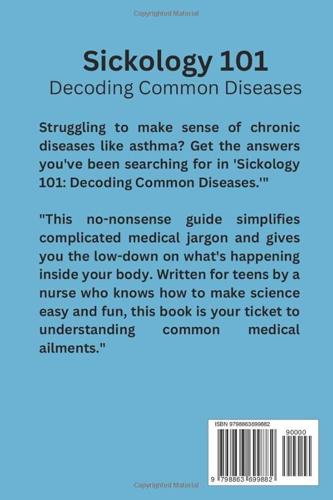From Headaches to Fatigue: Recognizing Hidden Health Issues
Understanding and Addressing Hidden Health Issues Associated with Headaches and Fatigue

Frequently Asked Questions
The common types of headaches include tension headaches, which are usually mild and caused by stress; migraines, characterized by severe pain and nausea; and cluster headaches, which occur in cyclical patterns and cause intense pain.
Lifestyle changes, such as maintaining a balanced diet, ensuring adequate hydration, regular exercise, and improving sleep hygiene, can significantly reduce the frequency and severity of headaches and fatigue by enhancing overall health.
Step by Step Guide
1
Understanding Headaches
Headaches can range from mild discomfort to debilitating pain. Recognizing the different types of headaches (tension, migraine, cluster) is crucial in identifying underlying health issues.
2
Identifying Types of Fatigue
Fatigue can be physical, mental, or emotional. Understanding the type of fatigue experienced may point to different health concerns that need addressing.
3
Common Health Issues Associated with Headaches and Fatigue
Several underlying health conditions may manifest as headaches and fatigue, such as sleep apnea, chronic fatigue syndrome, anemia, and thyroid disorders. Exploring these conditions can guide further investigation.
4
Keeping a Symptom Diary
Tracking your headaches and fatigue symptoms over time can be incredibly helpful. Note the frequency, duration, and any associated symptoms or triggers to share with your healthcare provider.
5
Assessing Lifestyle Factors
Consider lifestyle factors that can influence headaches and fatigue, such as diet, hydration, exercise, and sleep patterns. Identifying detrimental habits can aid in alleviating symptoms.
6
Consulting Healthcare Professionals
If headaches or fatigue persist, consult with healthcare professionals who can conduct appropriate tests and assessments to rule out serious conditions.
7
Utilizing Diagnostic Tools
Healthcare providers may use various diagnostic tools (blood tests, imaging, sleep studies) to further investigate the cause of persistent headaches and fatigue.
8
Exploring Treatment Options
Depending on the diagnosis, treatment may include lifestyle changes, medications, physical therapy, or counseling. Discussing these options with a healthcare professional is essential.
9
Evaluating Mental Health
Mental health can significantly impact both headaches and fatigue. It's important to assess stress, anxiety, and depression levels, as they could be contributing factors.
10
Developing a Management Plan
Work with healthcare providers to create a holistic management plan that addresses not only the symptoms but also the root causes of headaches and fatigue.
11
Reviewing Progress Regularly
Continual assessment of symptoms and treatment effectiveness is necessary. Regular follow-ups with healthcare providers can help make any needed adjustments to the management plan.
12
Educating Yourself
Stay informed about your conditions and potential treatments. Understanding your health issues empowers you to make better decisions and communicate effectively with healthcare professionals.








